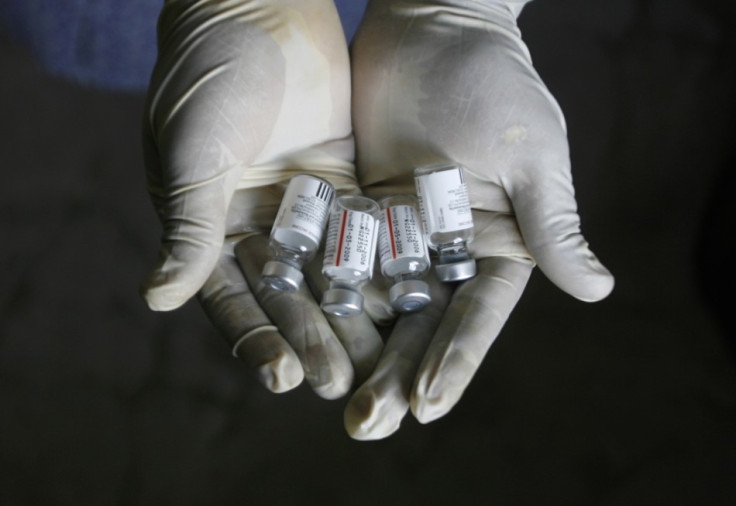HIV: Potent antibodies identified can 'neutralize' the virus and help create a vaccine

Scientists in the US believe they are one step further in preventing the spread of HIV. A third of people infected with HIV produce "broadly neutralizing antibodies", capable of fighting off the virus. Among these antibodies, scientists now say they have isolated a group, which seems to bind particularly tightly to HIV, to "neutralise" it.
The study, published in the current issue of PNAS, suggests that these antibodies, which have a loop-like structure, could be introduced in healthy individuals, to protect them from potential future infections. The scientists, from Vanderbilt University, in Nashville, Tennessee, say this could be the first step to creating a vaccine against HIV.
Computer models
The antibodies in question were isolated thanks to a computer programme called Rosetta, which assessed which amino acids, in which antibodies, had the capacity to bind more tightly to the virus. With this method, the scientists identified an antibody made up of of 28 amino acids, all strung together in different combinations, and forming a loop shape. When binding to HIV, the acids appeared to "disable" it.
Using other computer models, the scientists then optimized the antibodies' neutralizing capacity. The amino acid sequences were fused into a re-engineered antibody called PG9. After different laboratory tests were conducted, PG9 appeared to effectively neutralize HIV. The team now hopes their work on antibodies can create a vaccine able to trigger the secretion of antibodies similar to PG9.
"A vaccine that presents the HIV sequence recognized by such antibodies would increase the chance that a large proportion of the vaccinated population could respond to the virus with a broad and potent antibody response," the scientists write.
To protect people who are at risk of infection in the absence of a vaccine, the current approach favoured by some countries – including the US – is to give antiretroviral therapy as prevention. The presence of antiretroviral drugs in the bloodstream can indeed potentially stop HIV from taking hold in the body.
By continuing to implement this preventive strategy, and boosting efforts to find a vaccine, like in this study, scientists hope to slow the rate of new infections, which increased from 3.6 new HIV diagnoses per 100,000 population in 1986 to 5.6 in 2010.
© Copyright IBTimes 2025. All rights reserved.






















